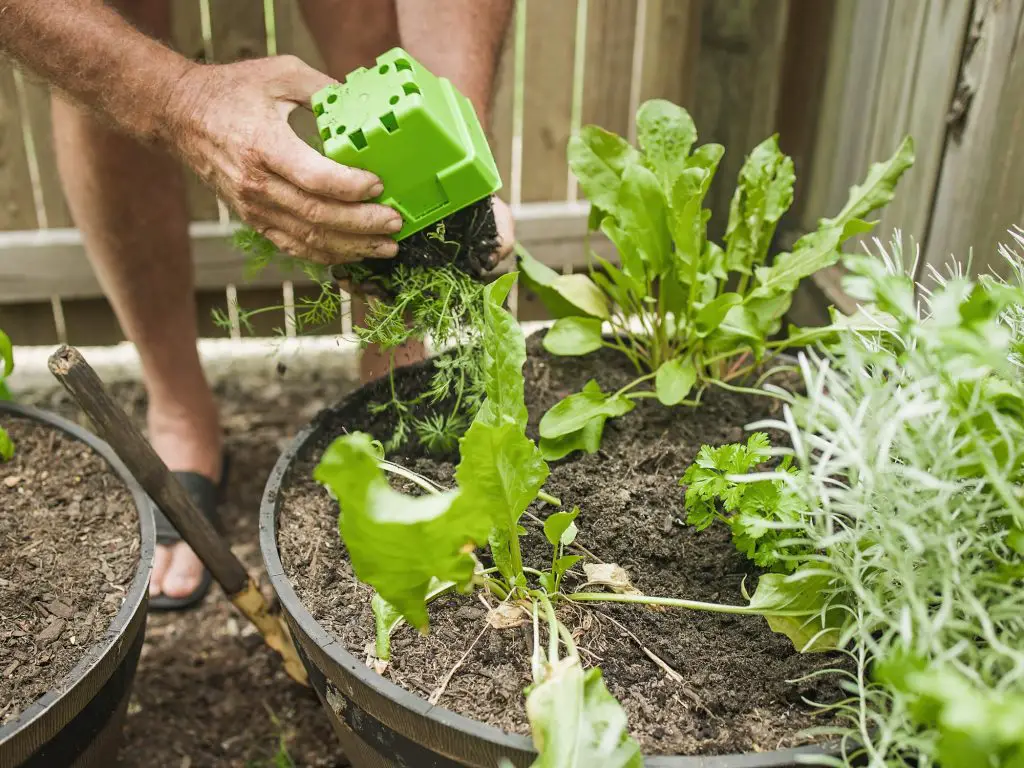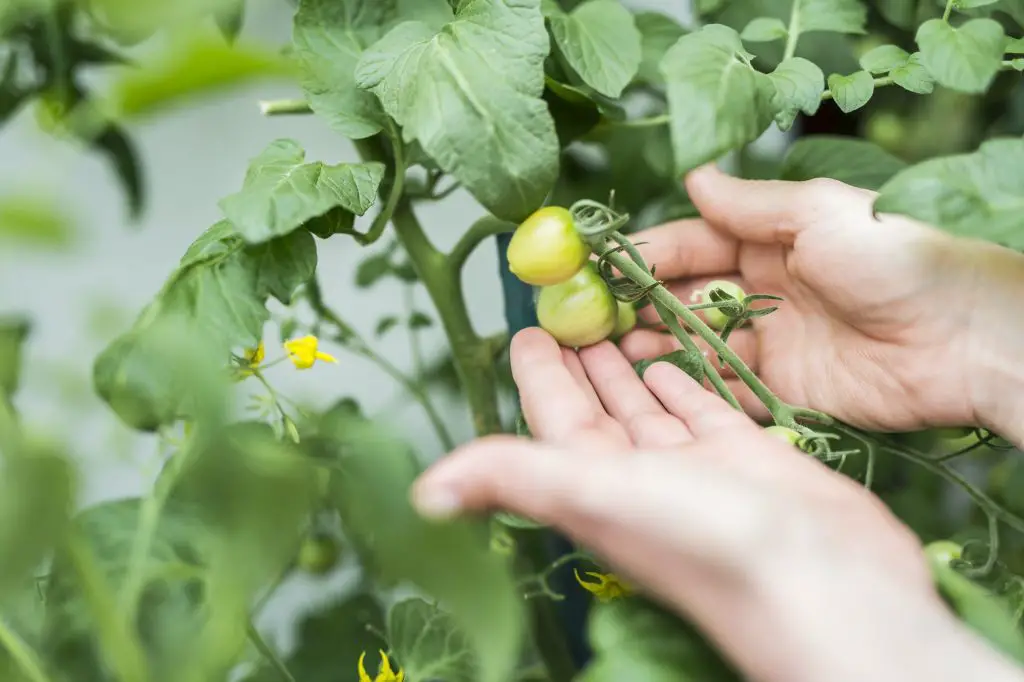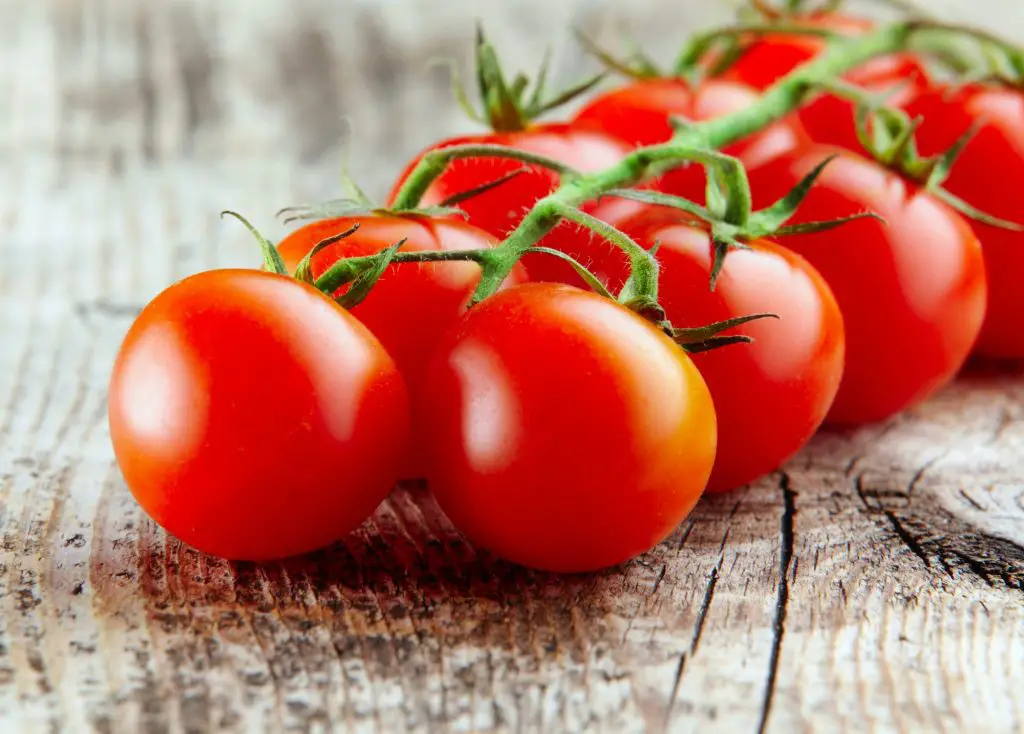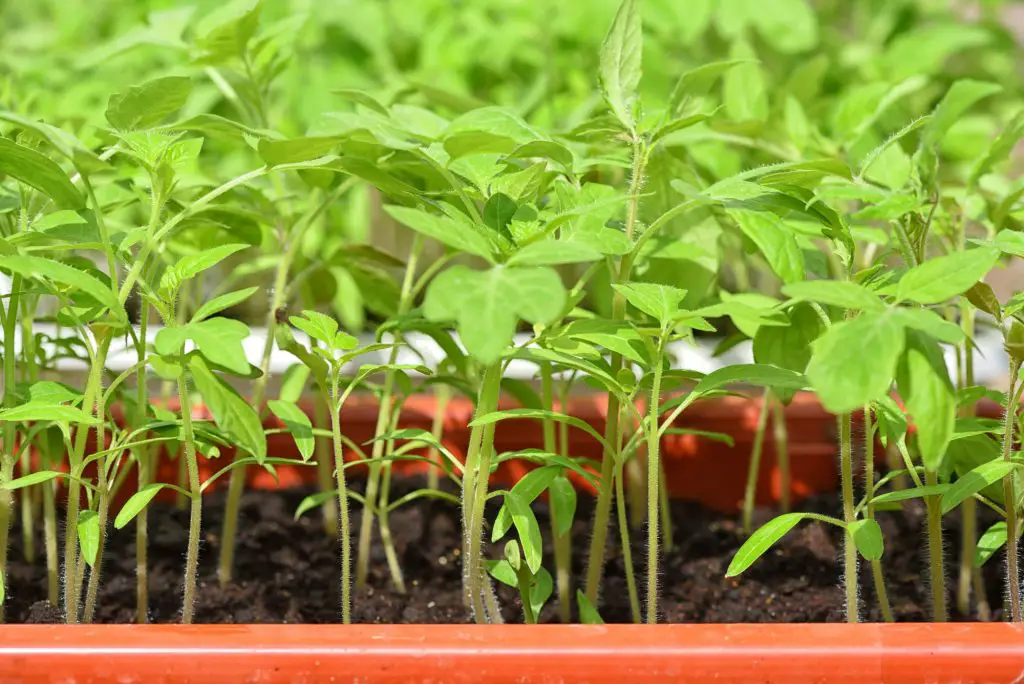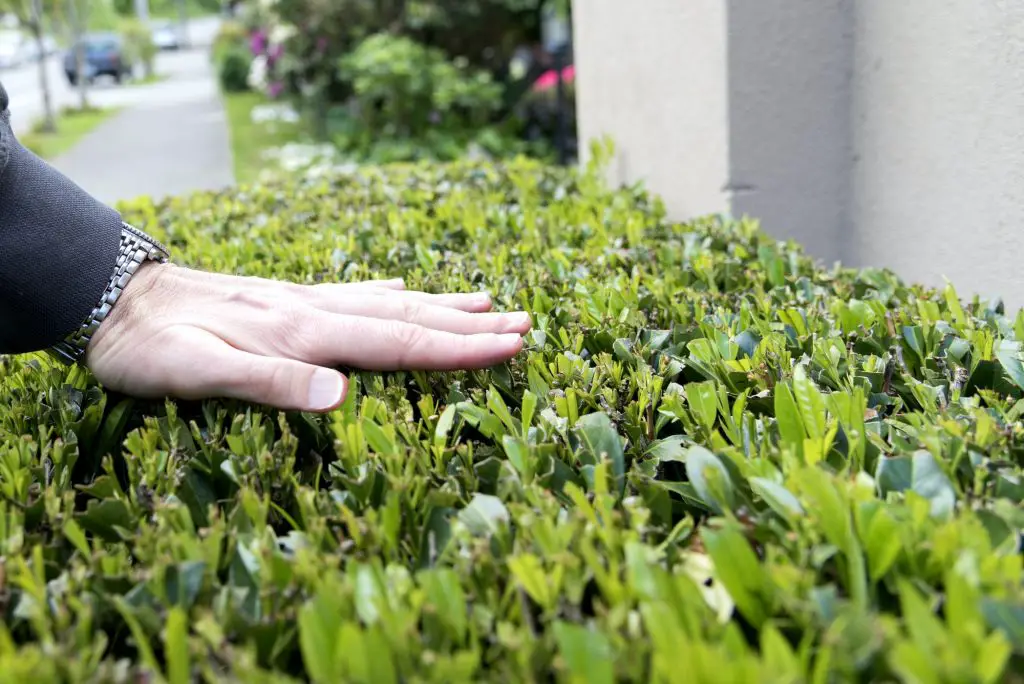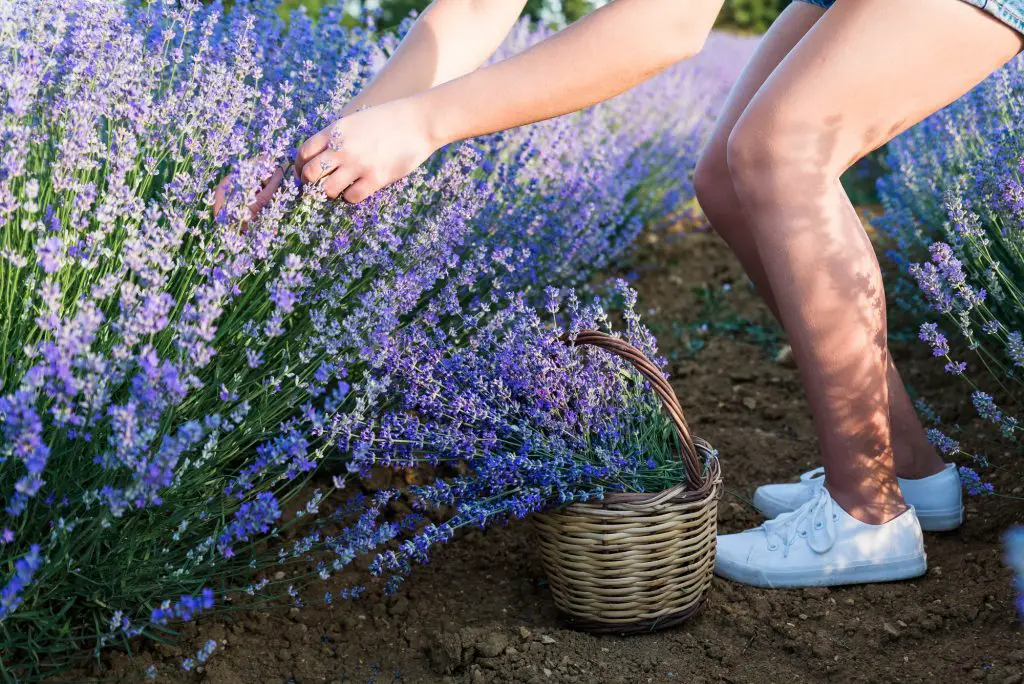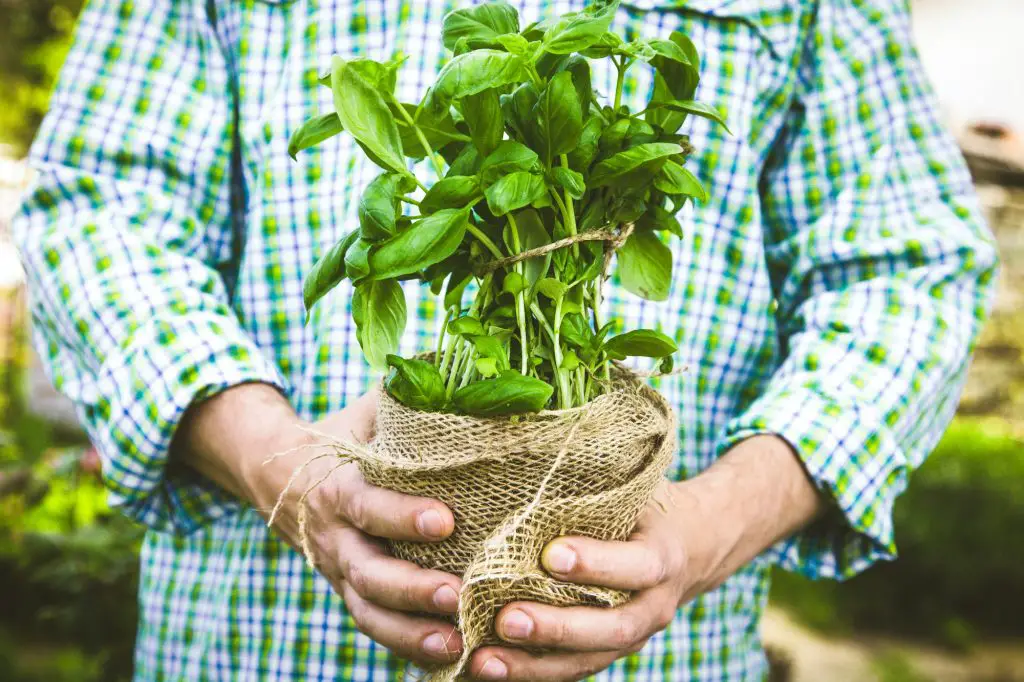Why is companion planting important? There is more to companion planting than the general notion that some specific plants can benefit others if they are planted close to each other however there are many benefits associated with companion planting.
At first companion planting might seem odd but it is one of the easiest and oldest methods used to mimic a natural ecosystem more closely and if the way a plant is grown is considered, a mix of species is required.
One of the easiest ways to give your vegetables the best possible tools to grow is through companion planting, it helps to improve your garden’s health and fruitfulness which will take your garden to the next level.
There are many ways to approach companion planting and when plants are grouped correctly, they support each other by repelling pests, sharing resources, and feeding each other. Discerning what plants work best together and how they can bolster each other can greatly improve productivity.
When you plant compatible plants together, you are going to benefit a lot as they can mutually benefit from each other and even improve the flavor of your harvest. This article contains some of the benefits of companion planting and easy ways to achieve them.
Table of Contents
What Are The Benefits Of Companion Planting?
Companion planting is the practice of planting things together to help each other grow and it helps control pests in your garden as well.
This process is the art of growing plants in proximity to each other because of their ability to complement and enhance each other however to properly understand companion planting, here are the benefits to look out for to help make a difference in your garden.
1. Companion planting saves space
One of the common use of companion planting is to save space, the planting of certain vegetables and herbs together saves space and this is perfect for people who are trying to make the most of their small garden.
Companion planting can be used in many ways to save space such as planting quick-growing crops between rows of slower growing ones for more efficient gardening.
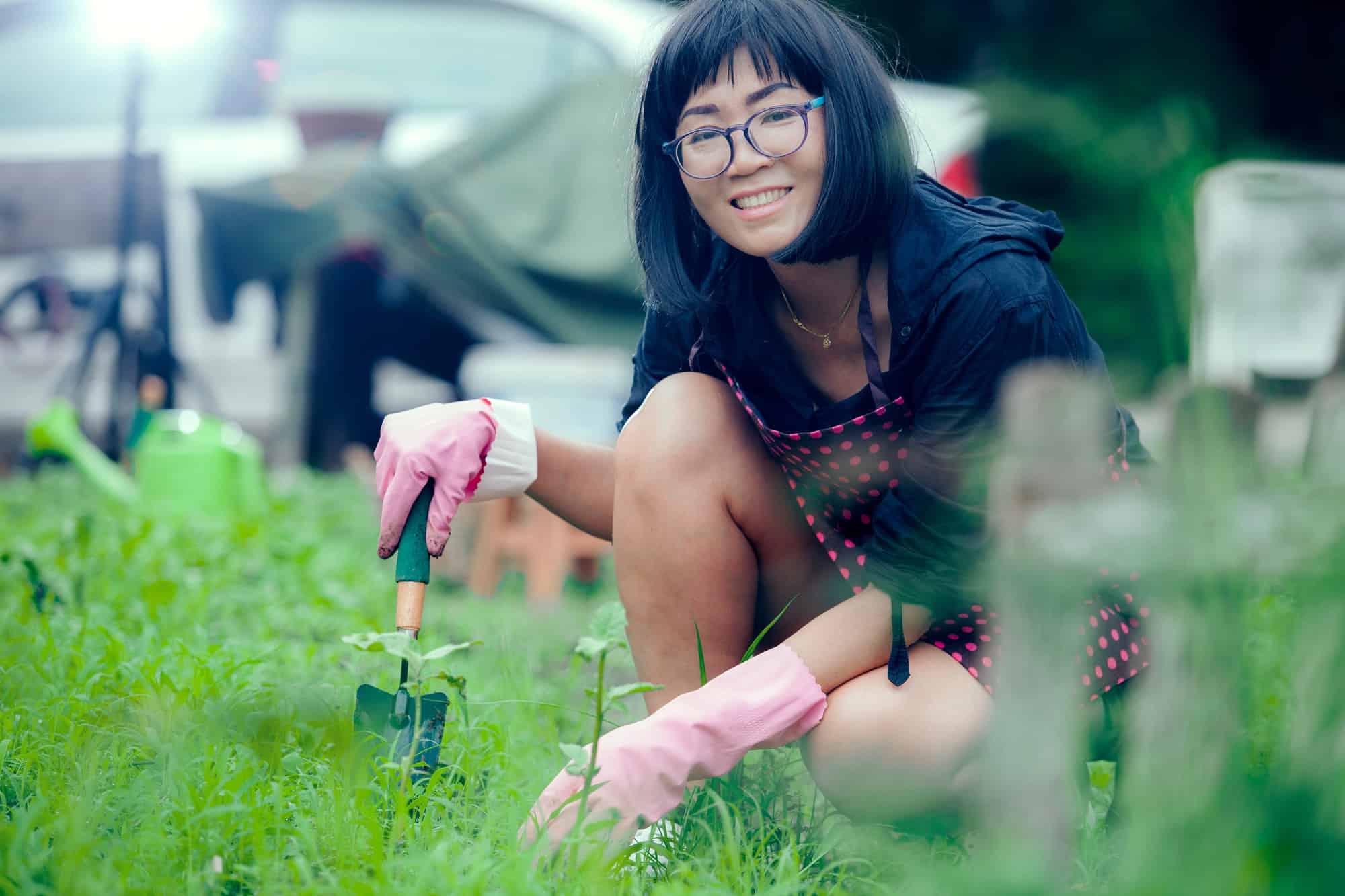
2. Adds shelter and shade to other plants
Companion planting makes each plant beneficial to one another, a form of mutualism. Planting tall sturdy plants with climbers helps provide natural support within your garden by eliminating weeds and providing shades to the plants that don’t require much sun intensity to grow.
3. Companion planting can help with disease issues
Diseases can spread quickly through plants of the same species but with a different special break up your garden and slow the spread of disease. Plant interaction isn’t fully understood but certain plants have been shown to make other plants healthier thereby lowering their susceptibility to disease.
4. Companion planting can be used to attract beneficial insects and pollinators
If there is plenty of habitat of food then plenty of beneficial insects will likely spend lots of time traveling your garden. Some certain plants especially marigolds and nasturtiums attract pollinators that help deter pests and make a great addition to the garden.
5. Companion planting increases productivity
Companion planting helps with pest control, pollination and increases the available space which increases crop production and providing habitats for benefits.
6. It keeps the soil moist and prevents erosion
Companion planting will not only produce space for you to grow more plants but helps hold the soil and keeps it most. Plants like squash and cucumbers are vining plants that are especially useful for shading the soil and this is probably the most important aspect of companion planting for many.
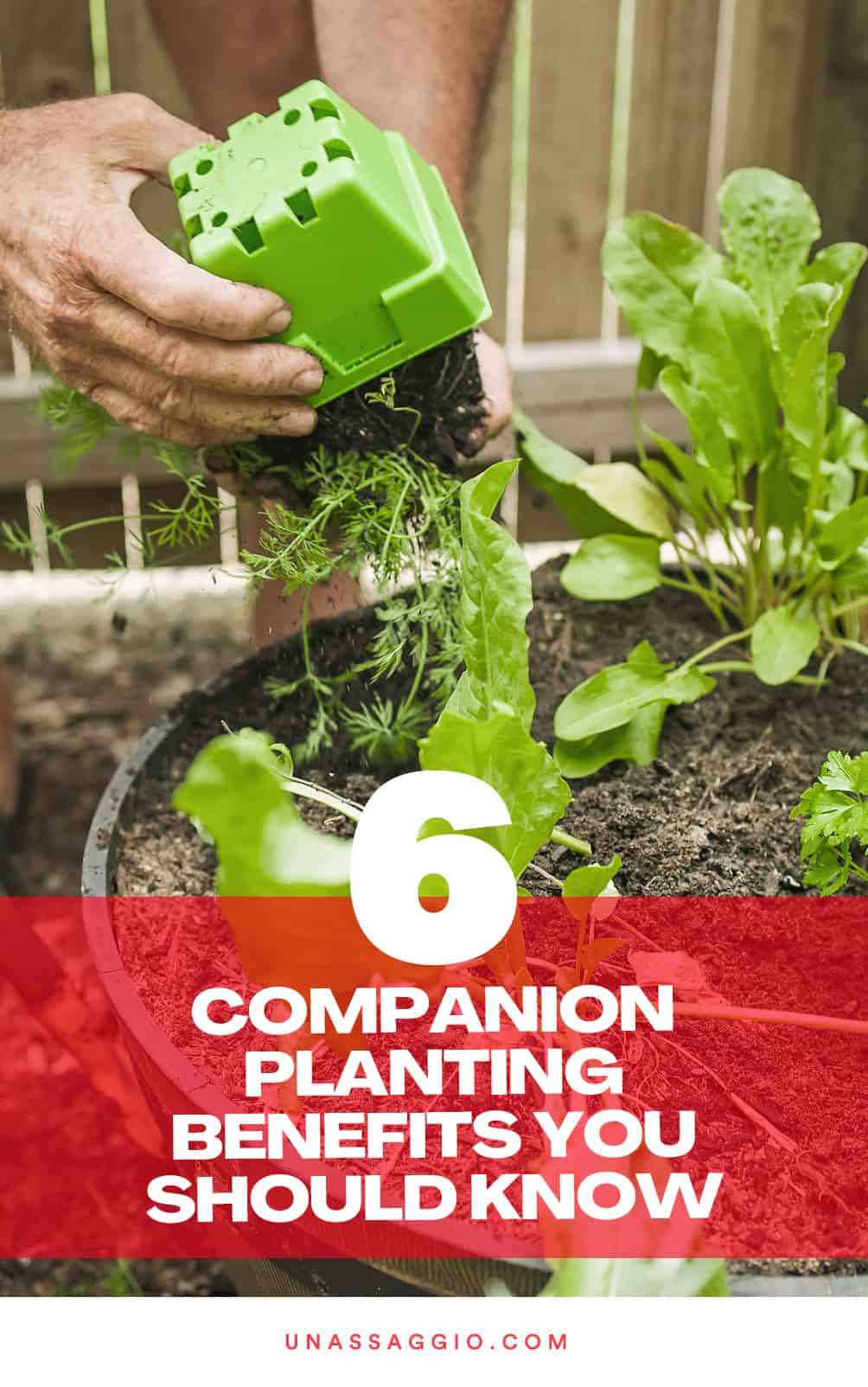
How close does companion planting needs to be?
Certain plants might not like being planted too close while some might, however, to make it simple, take an average spacing between the two varieties and if one variety should be spaced 12 inches apart then the other calls for 6 then space them in 9 inches.
Tall hedge plants should, however, be spaced 3 to 4 feet far apart.
Conclusion
Companion planting is not just the easiest way to deter pests and present plant diseases organically but also a way of using other plant’s relationships to your advantage and this can help you achieve a productive and beautiful garden.
Companion planting is an art and before getting into it, knowing what works well is a great way to start and this might include lots of research and careful planning to make the best of your garden.
Read next: Is Morning Or Afternoon Sun Better For Tomatoes?
Interested in houseplants? It seems to be the rave these days and we’re here for you, read our most recent guides:
- 20 Most Colorful Indoor Plants To Get Today
- Bromeliads: The Complete Growth And Care Guide (2021)
- Oxalis Plant: The Complete Growth And Care Guide (2021)
- Croton Plant: The Complete Growth And Care Guide (2021)
- Chinese Money Plant: The Complete Growth And Care Guide (2021)
- Anthurium Plant: The Complete Growth And Care Guide (2021)
- String Of Pearls Plant: The Complete Growth And Care Guide (2021)

